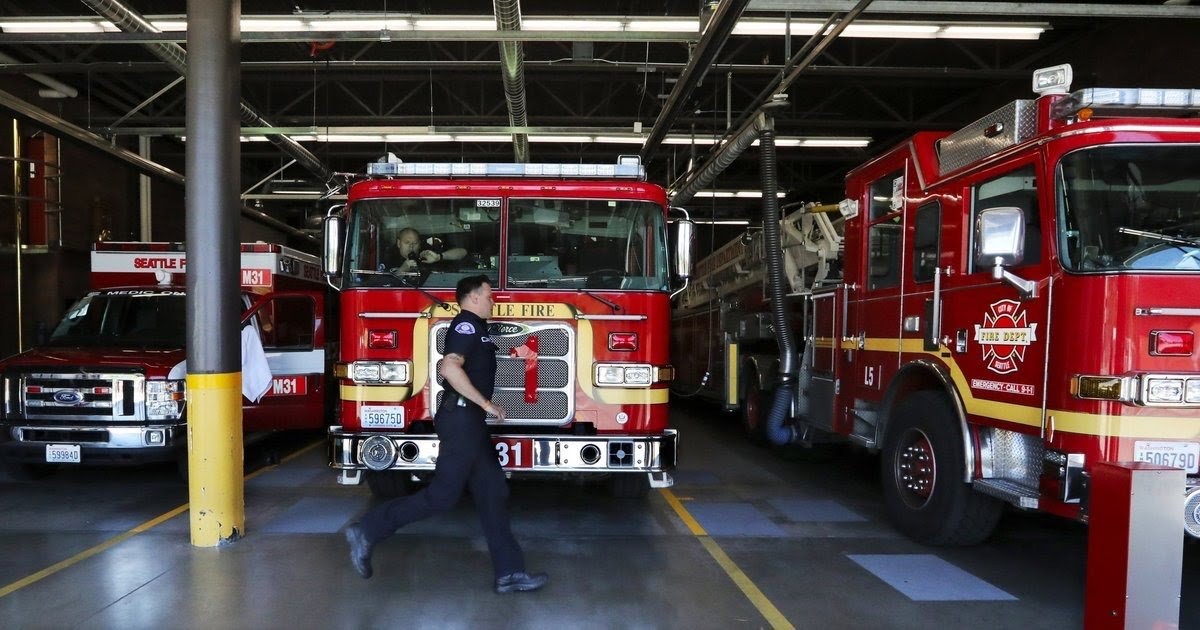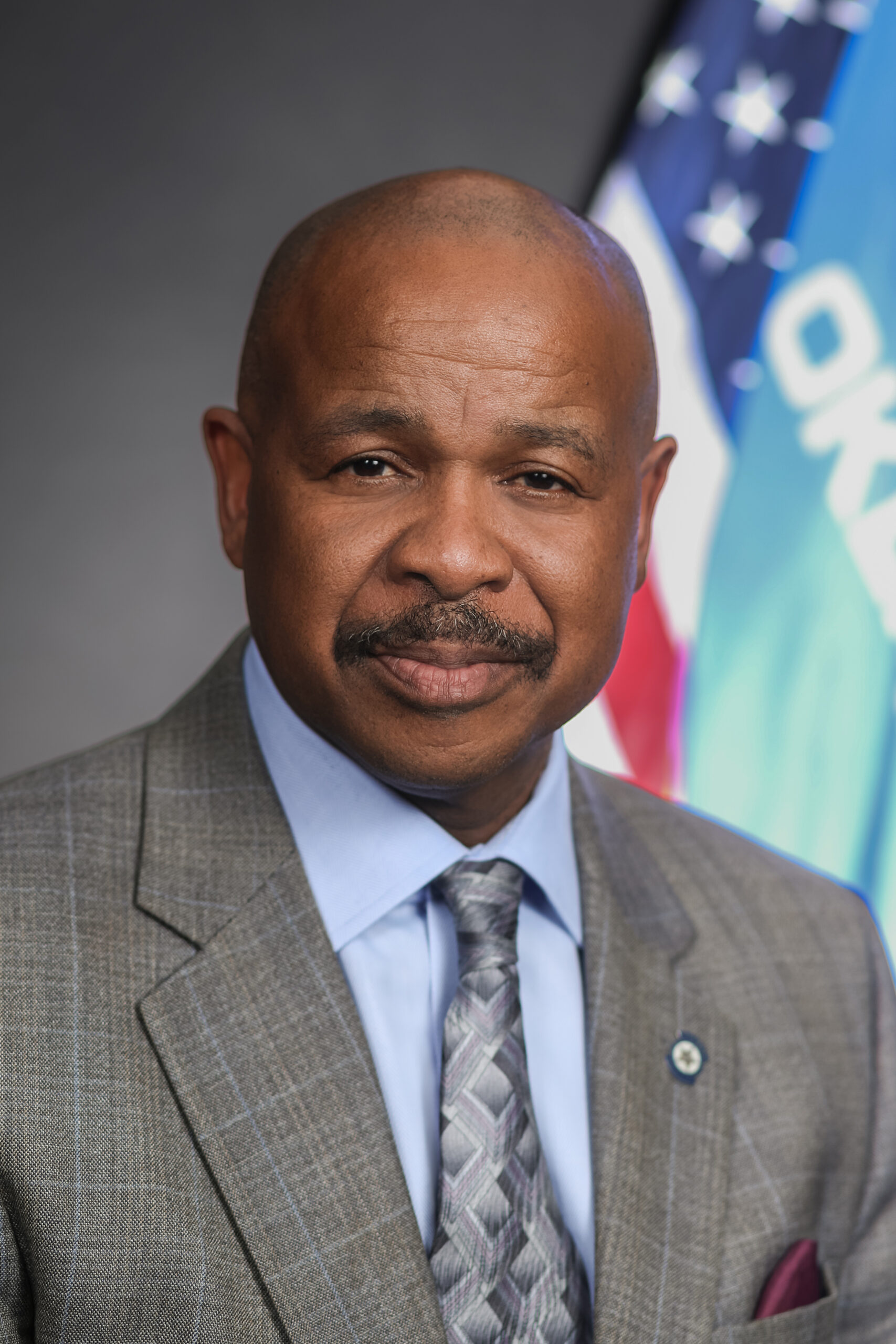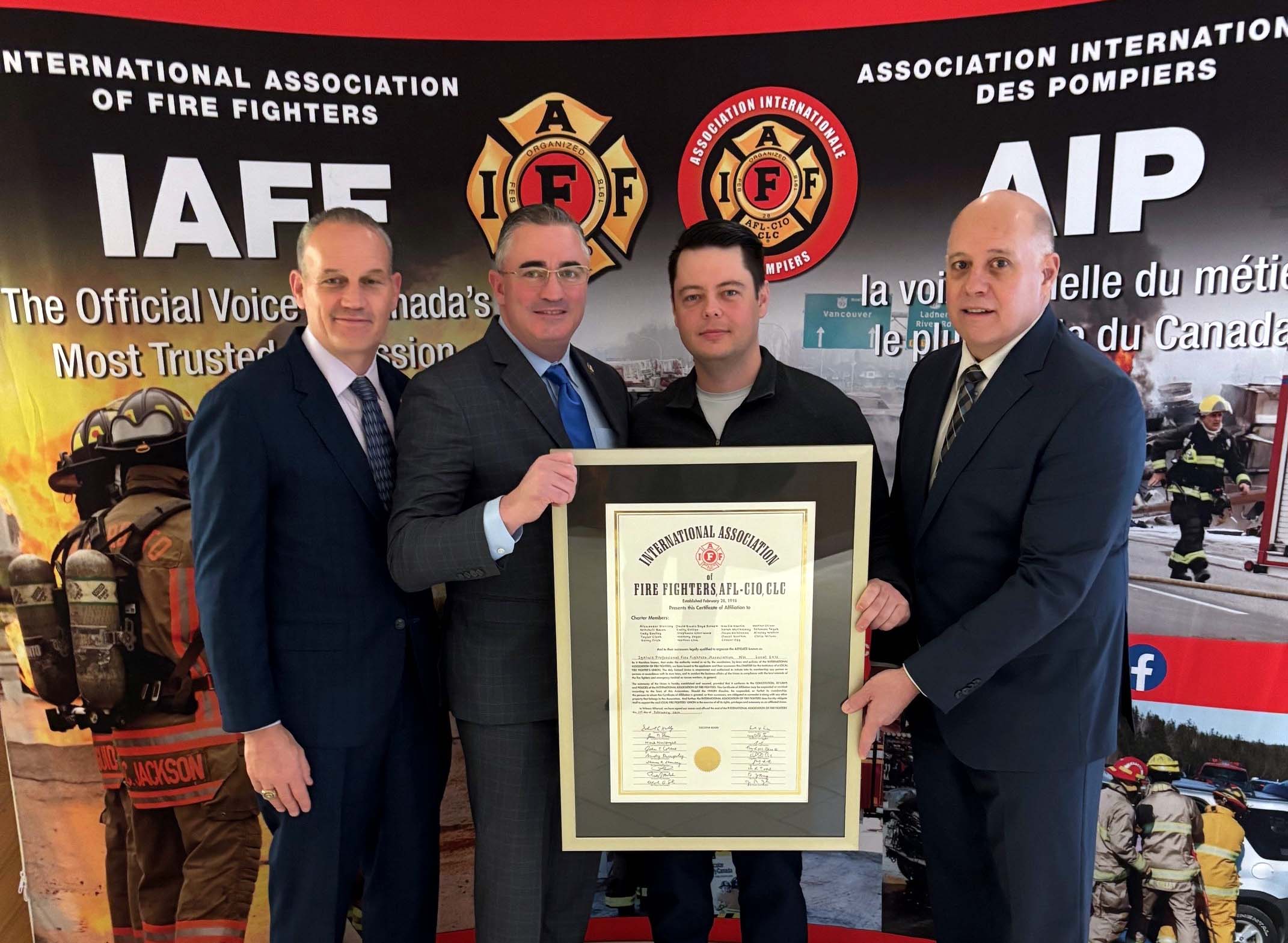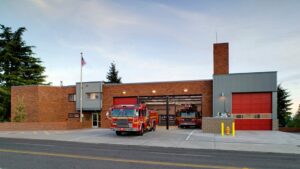
“Local 27 is proud of all the steadfast and persistent efforts by its members to make this happen,” says Local 27 President Kenny Stuart. “Local 27 also thanks Mayor Jenny Durkan, Fire Chief Harold Scoggins, Director of Finance and Administrative Services Calvin Goings and the IAFF for their leadership and support to ensure the health and safety of Local 27 members.”
The nickname “Cancer House” is a reflection of the high number of fire fighters assigned to Station 31 who have been diagnosed with cancer or other life-threatening diseases.
The number of cases began to noticeably rise in 2000. Over the years, the City of Seattle, using numerous contractors, commissioned several environmental studies, including lead testing, surface wipe sampling, air sampling, benzene testing and mold testing. None of the tests came back showing unsafe levels.
In 2004, an epidemiological study, as well as blood lead level testing in specific areas of Station 31, were found to contain lead above Environmental Protection Agency (EPA) levels. These results were reported as not at a level associated with health effects in adults.
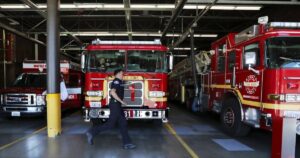
In 2018, the city commissioned a cancer study with Fred Hutchinson Cancer Research Institute, which is comparing cancer rates among fire fighters at Station 31 with fire fighters assigned to other stations. Results are expected in 2020.
That same year – at the encouragement of Local 27 – Chief Scoggins approved site testing for lead and high levels of CO2. The testing came back positive. In addition, Local 27 independently tested the station for mycotoxins, a byproduct of mold. The testing indicated the presence of several strains of mycotoxins in Fire Station 31.
Local 27 then requested a deeper evaluation of the station and insisted on including an independent company. The reports identified standing water, dampness, poor ventilation, maintenance issues, water intrusion, susceptibility to mold infiltration and microbial growth, among other things.
Based on these discoveries, Local 27 leaders were able to convince the city to relocate the members of Station 31 until they could confirm that the station did not pose any health hazards.
Initially, Station 31’s closure was only to be until all toxins had been removed from the building. But Local 27 made the case that the only way to ensure fire fighter safety was to permanently close the station in favor of building a new one. The city agreed. As a result, no Local 27 members have to set foot in that station again.
Fire fighters from Station 31 are working out of neighboring stations while city officials find an interim station location. Meanwhile, the Durkan administration has already established the funding and is looking for a permanent place for a new Fire Station 31.
